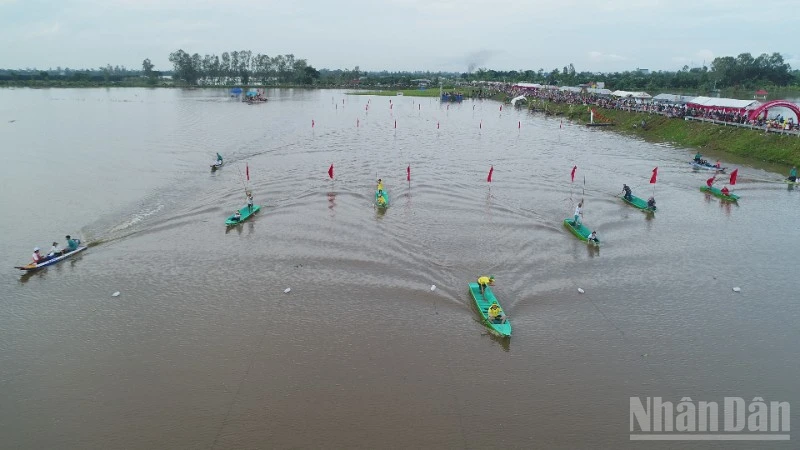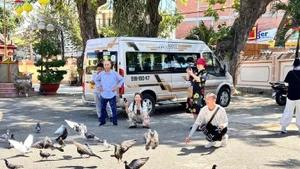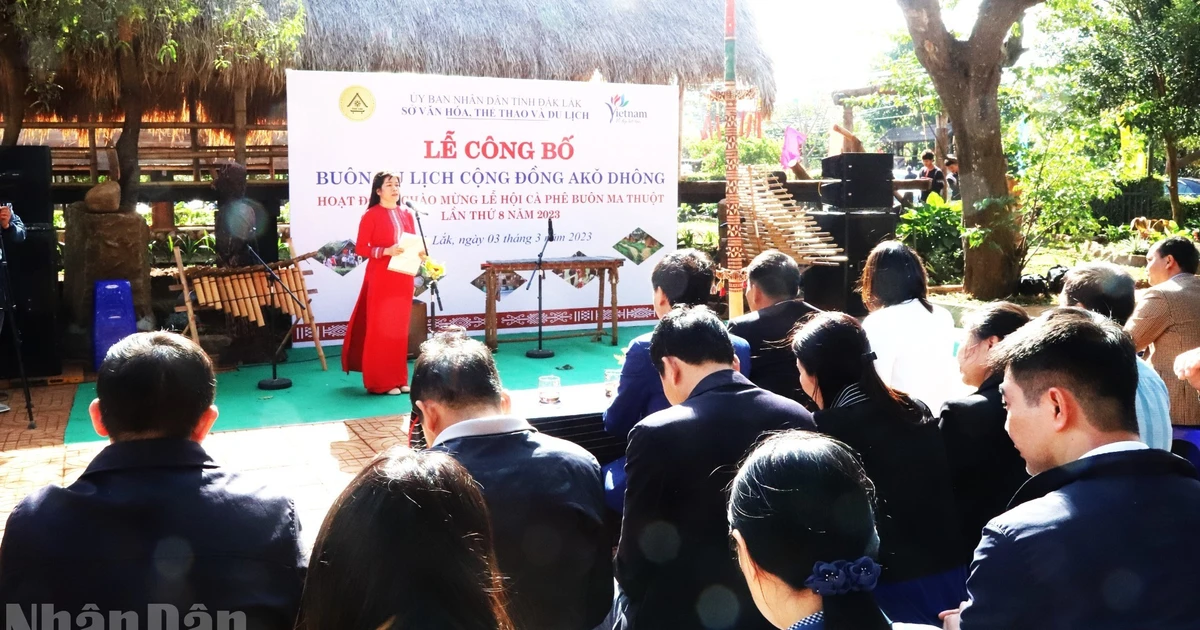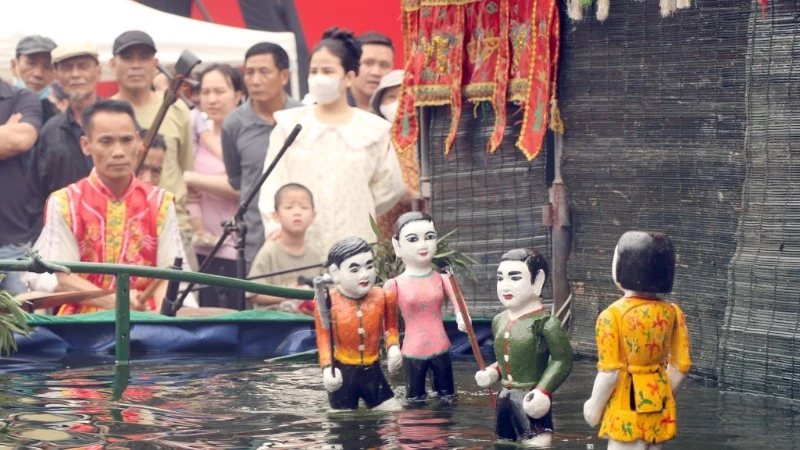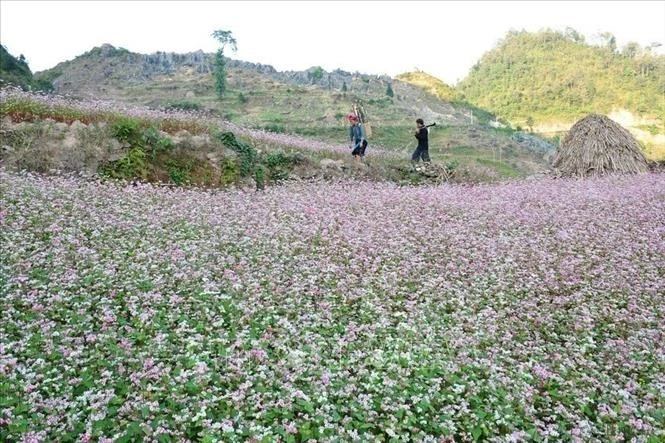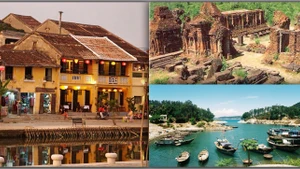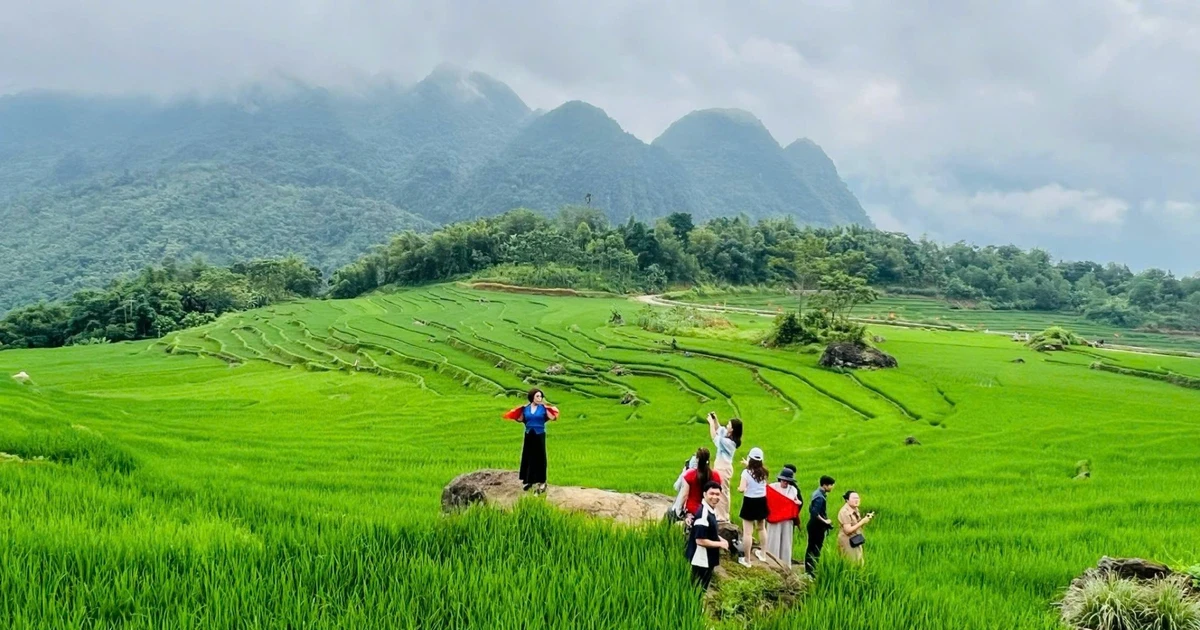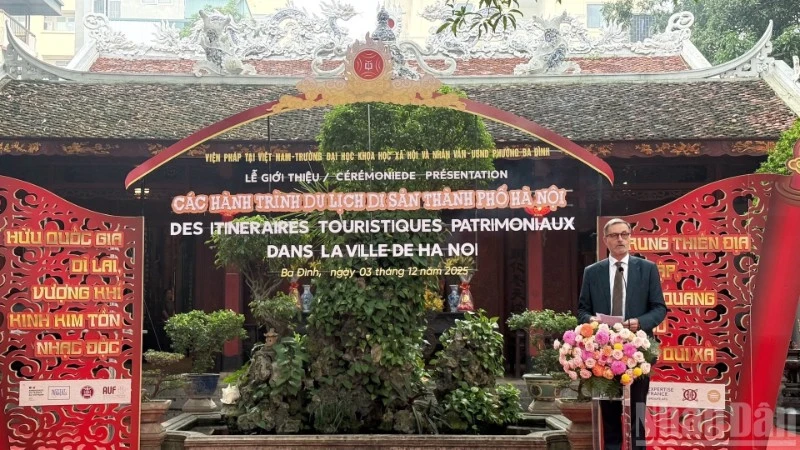High growth prospects
Experts held that agritourism has high opportunities to grow when traditional tourism products have been exploited for a long time and tourists’ demand for new tourism experience is rising.
Agritourism is expected to bring entirely new inspiration for travellers who will have chances to experience the daily life of farmers in natural environment. Moreover, agritourism is hoped to create a new livelihood for rural people by creating new jobs, while restoring and promoting traditional values and improving the living conditions for local community.
Currently, agritourism products in Hanoi mostly focus on exploiting the wet rice cultivation and culture of the northern delta region, along with the combination of agritourism and cultural heritage and craft village. Rural farms have been developed serving school tourism activities and weekend vacations in outskirt areas and vicinity.
Hanoi has seen the formation of agricultural eco-farms combining with tourism and education, with typical examples like the Ban Rom ecotourism area in Quang Tien commune, Soc Son district, Dong Que Farm in Ba Vi district, Van An education farm in Thanh Tri district. The sites provide visitors with experience in farming, harvesting and enjoying agricultural products themselves right at the sites.
In Thanh Tri, Hoai Duc, Dong Anh, Gia Lam, Soc Son and Thach That districts, the number of agricultural farms combining with tourism is rising, attracting a large number of visitors.
The development of agricultural farms in combination with school tourism has opened up a new growth prospect for many outskirt areas of Hanoi.
At the same time, traditional craft villages of Hanoi have become increasing popular among tourists thanks to their time-honoured cultural values and creativity of artisans. Ancient trade villages in suburban localities have been attractive to travellers who wish to experience local life.
Wakening potential
Despite its great potential and advantages, Hanoi’s agritourism growth has still remained modest with small-scaled and similar models. Agritourism products have yet to create their unique attractiveness and own trademarks.
Insiders held that in order to promote agritourism development, it is necessary to design a master plan for its growth with specific standards. The city should support the building of promotion programmes for agritourism, ensuring that it operates around the year in all seasons, while giving trainings for labourers involving in the sector.
Aware of the high potential of agritourism and its role in the diversification of rural livelihoods and the improvement of living conditions in rural areas, many suburban localities of Hanoi have paid great attention to this kind of tourism.
Dan Phuong district, the first district of Hanoi that has been recognised as a new-style rural area, is trying to tap its advantages in a convenient travel system and a thick network of cultural relic and heritage sites as well as a large number of traditional craft villages, to develop tourism.
Tran Duc Hai, Secretary of the Party Committee of Dan Phuong said that tourism is a new development orientation of the district basing on the local resources, including those in cultural, historical and architecture values. With a large farming area and flower fields, Dan Phuong is confident that its agritourism can prosper.
Over the years, Hanoi's tourism sector has built and implemented various plans to expand tourism products and encourage tourism development, along with efforts in developing human resources for the sector and integrating tourism models in the building of new-style rural areas in districts.
Meanwhile, the capital city has worked hard to build agritourism products and improve other tourism products in rural areas, which has become an important way to promote agritourism growth of the city.
Dang Huong Giang, Director of the municipal Tourism Department said that in the 2016-2020 period, the department coordinated with relevant agencies to organise 44 training courses for 8,900 rural residents in providing tourism services, while implementing a pilot programme to build logos for Hanoi's tourism products, for example Bat Trang ceramic trade village and Van Phuc silk village.
Currently, the department is drafting a plan for agritourism development in combination with new-style rural area building in the 2021-2025 period, aiming to boost the growth of the sector and change the face of its outskirt areas, said Giang.

